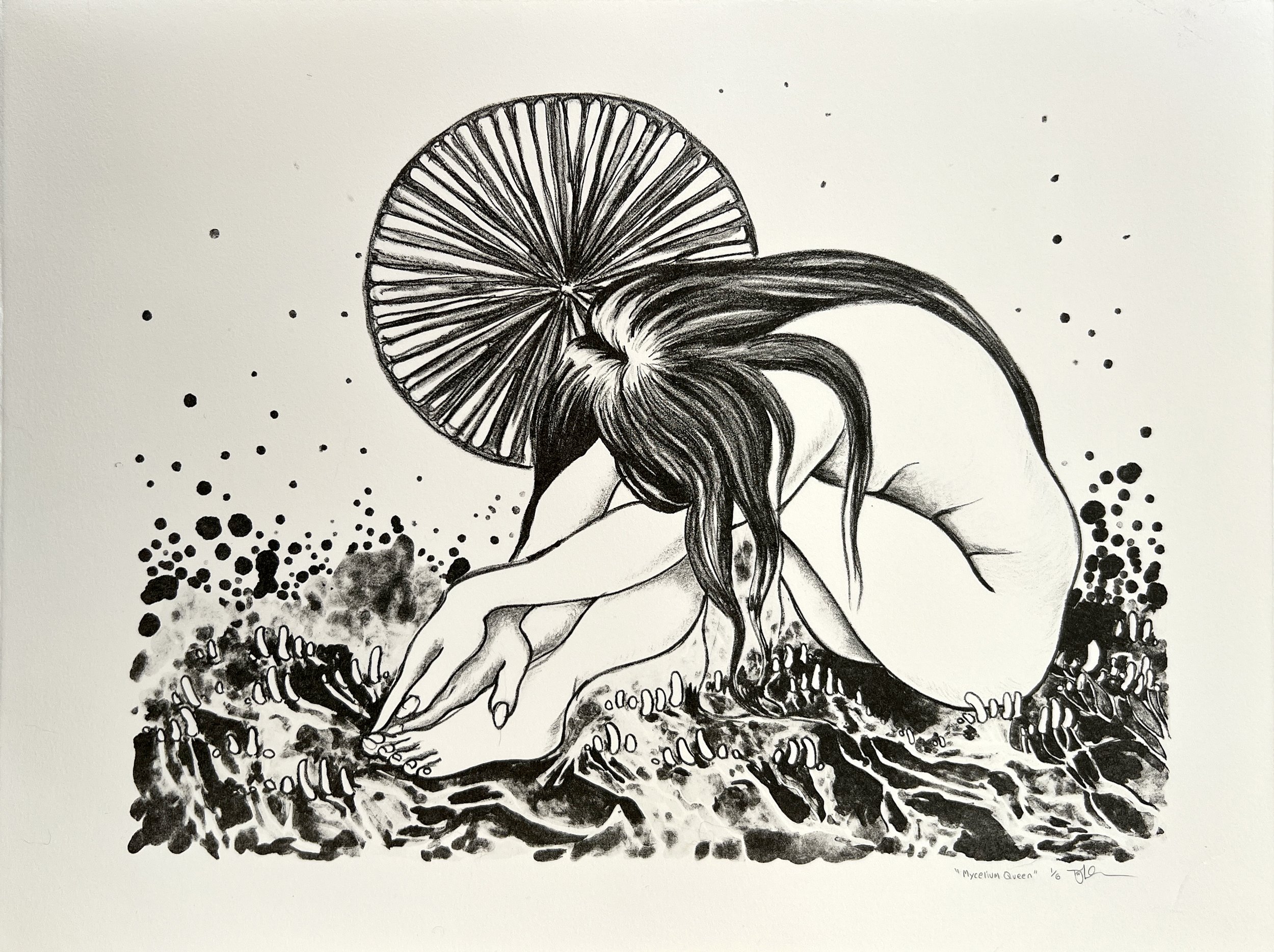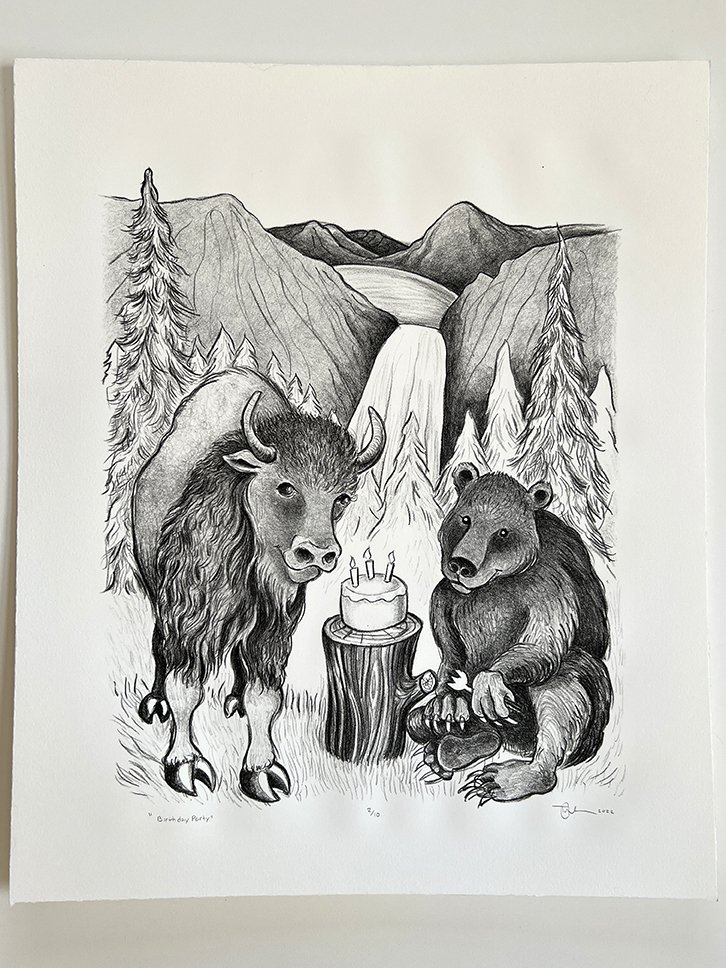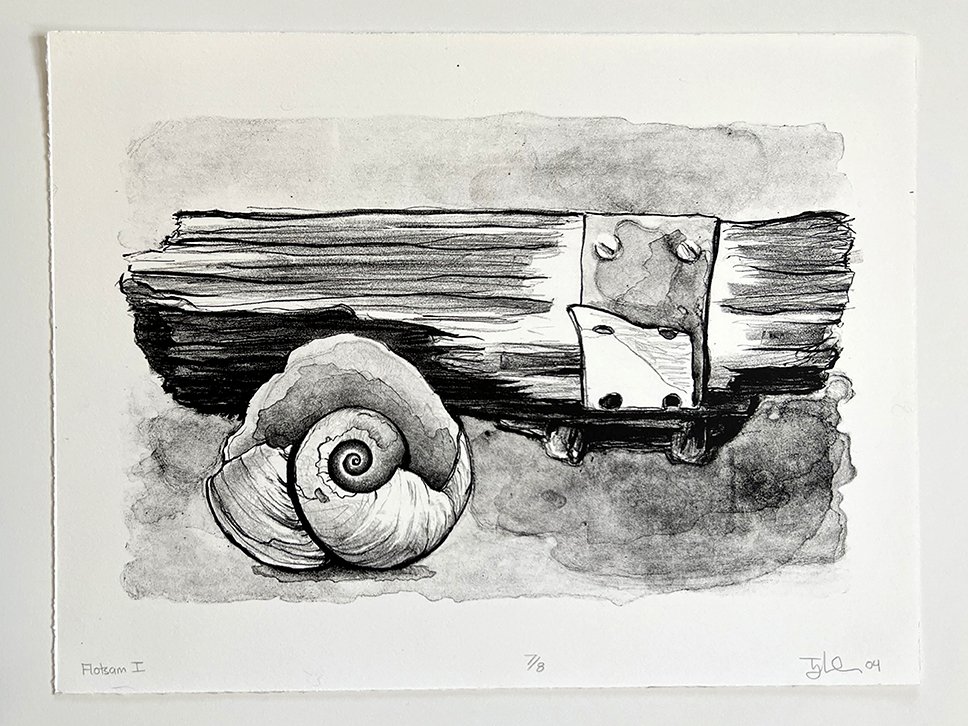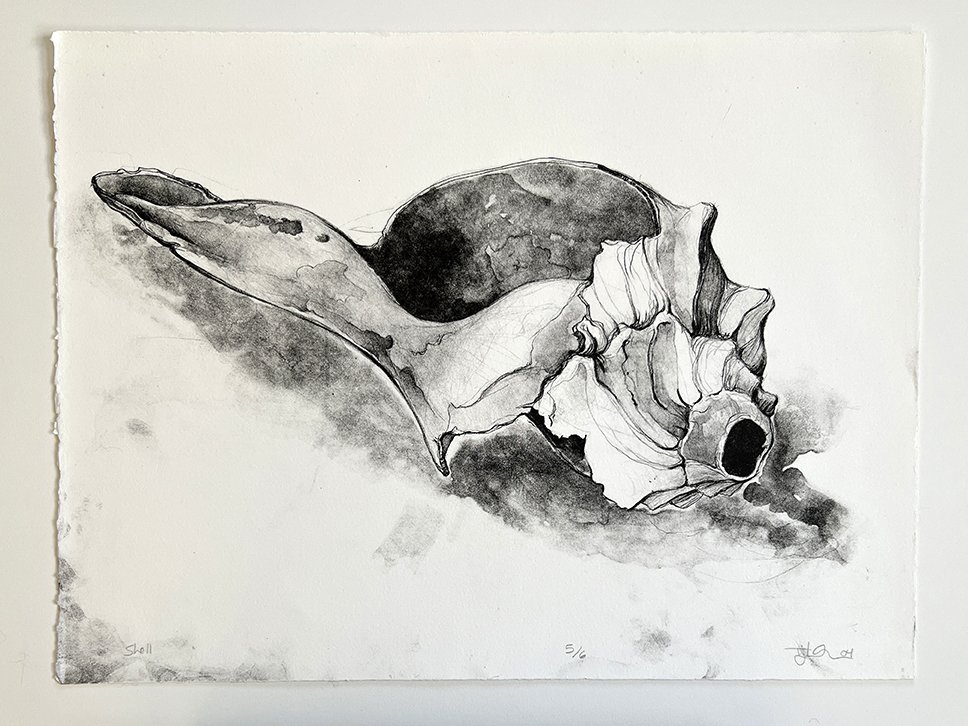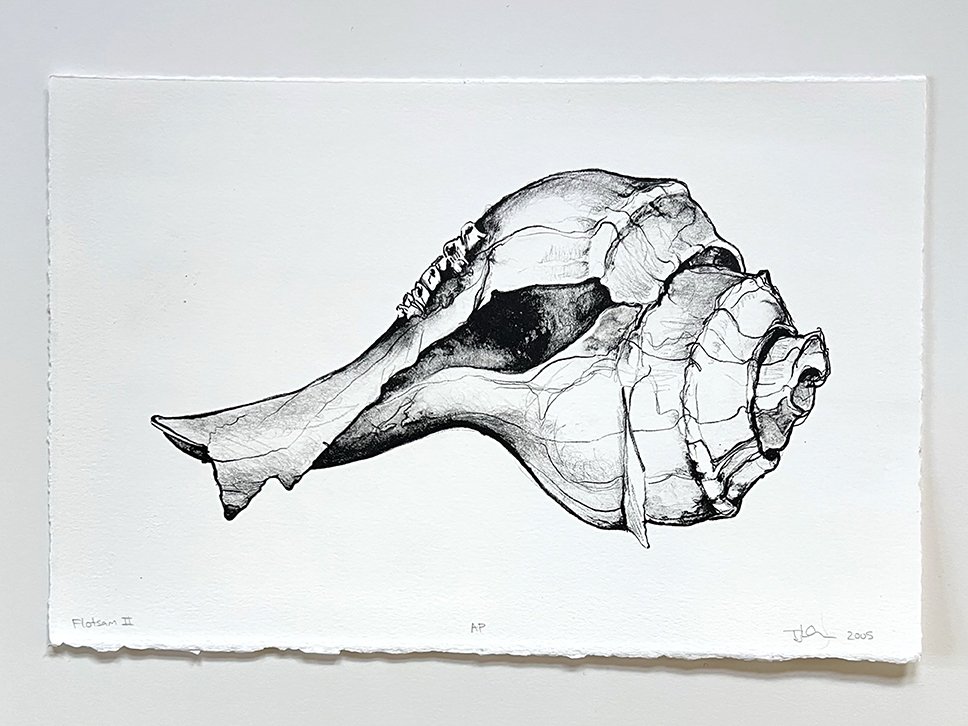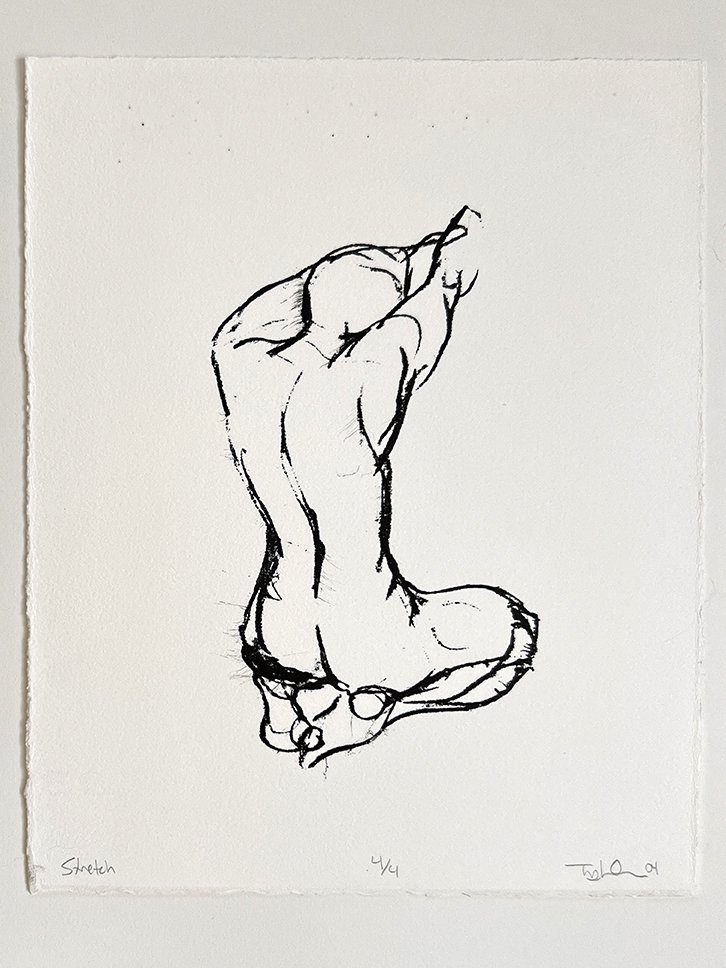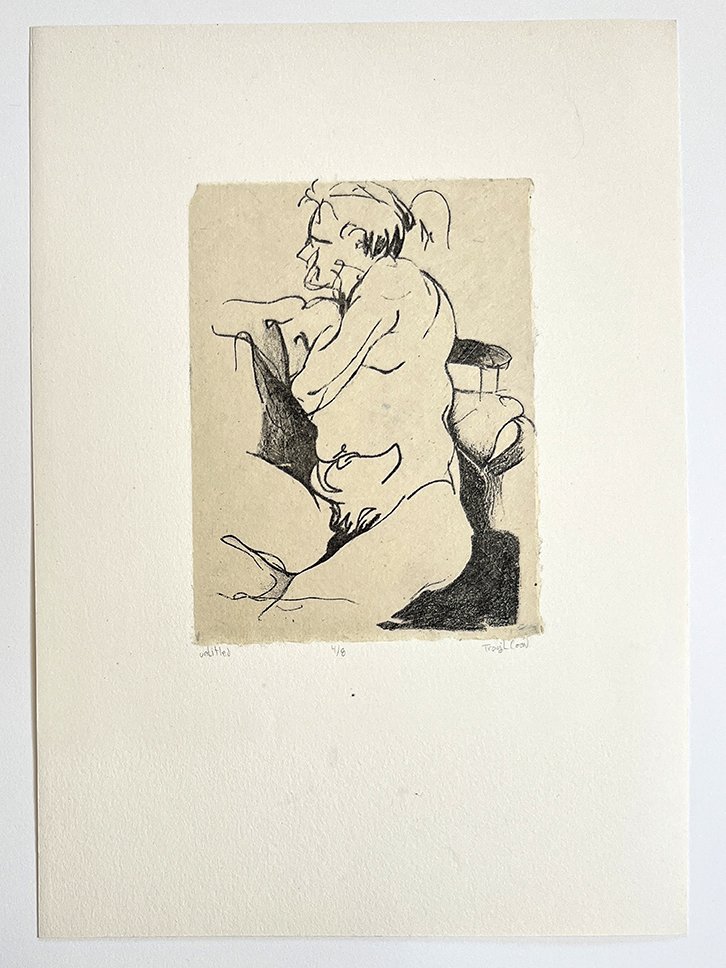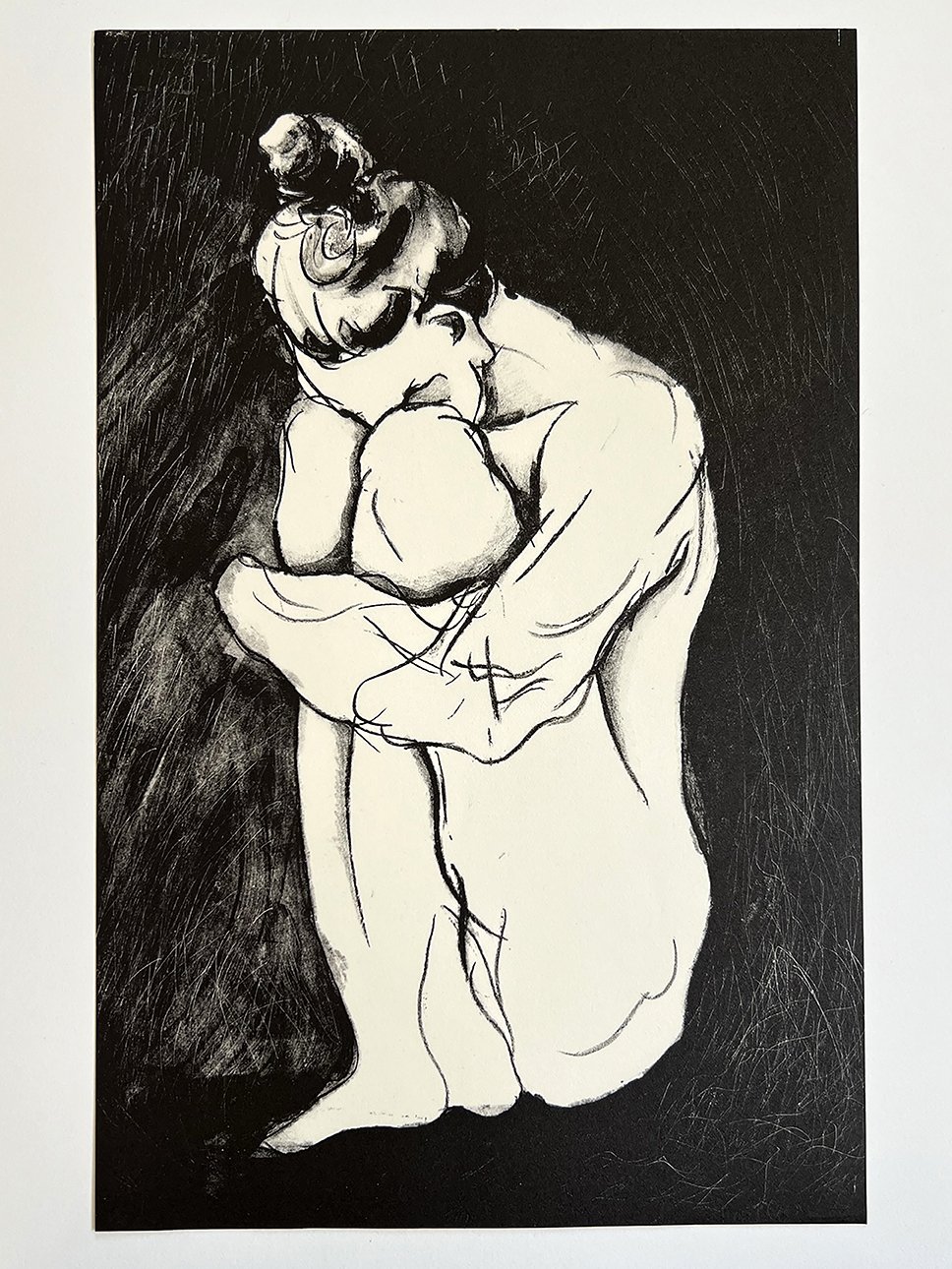My Stone Lithography Journey
I fell in love with stone lithography when I was a student at the Cleveland Institute of Art. I was in awe of what could be done with stone and grease. Michael Houlihan was the master printer teaching the class. It became my lifelong goal to pursue this medium.
After two years of art school I dropped out to pursue other interests and was without access to a lithography studio. Fast forward a decade later, I found a workshop at the Printmaking Council of New Jersey. There I studied with master printer Stephen McKenzie.
The Printmaking Council became Frontline Arts. With a focus on paper making, intaglio, and screen print it no longer offered stone lithography. Stone litho is not an easy medium, it takes up a lot of space, and can be difficult for arts organizations to support. I was again without access to a litho press.
It was in 2020 when I found the Robert Blackburn Printmaking Workshop at the EFA in New York City. I took a workshop with master printer Devraj Dakoji and refreshed my skills. I spent several years printing there as a member. Commuting to New York City to print was costly between transit and renting studio time to draw. I was grateful to have this resource but truly needed a space where I could take my time drawing without feeling like I was in the way of other printers and classes.
By this time I was making connections with the international printmaking community. I put out feelers to see who had presses available for sale and was directed to Perry Tymeson. Perry found and rehabbed a litho press and delivered it to my Somerville, New Jersey home studio in 2022. I was gifted several small stones from my friend and fellow printmaker at Blackhaired Demon. I acquired a large stone from the Stark Press Company, known for rehabbing printing equipment, delivering and maintaining it.
With a home studio under construction, I’m excited to finally have access to a lithography press.
Decades of Stone Lithography Prints

